In honour of Hispanic Heritage Month, here’s an evolving list of influential Hispanic and Latinx scientists
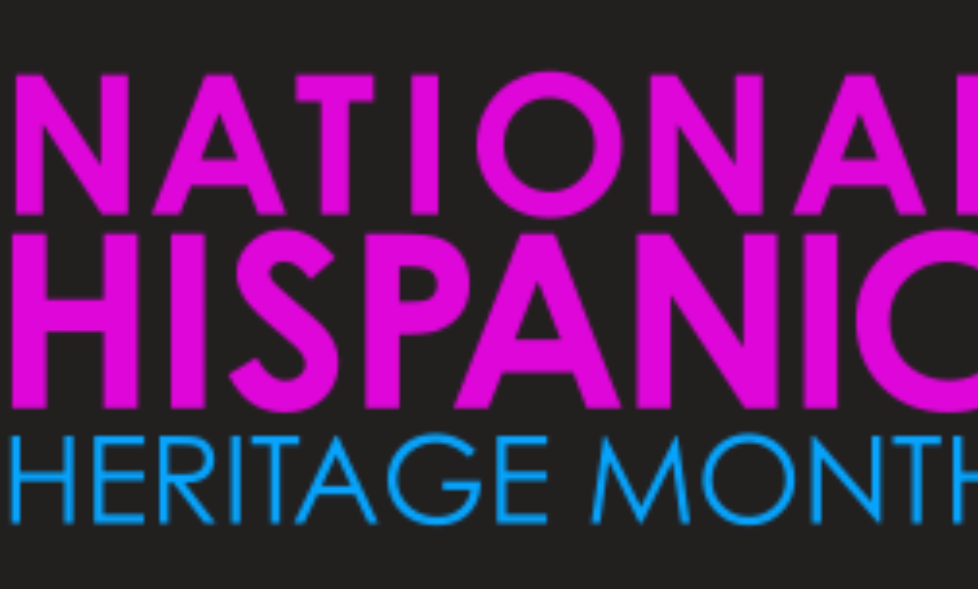

September 15th marks the start of Hispanic Heritage Month in the U.S., an initiative launched to celebrate the many contributions Hispanic and Latinx people have made in corporate, creative, cultural, and academic sectors. In honour of it, we’re celebrating individuals who have contributed to science, technology, engineering, and math.
For the latest news, visit the Hispanic Heritage Month official website and follow the #HispanicHeritageMonth hashtag on Twitter.
We’ll continue to update this list through the month.
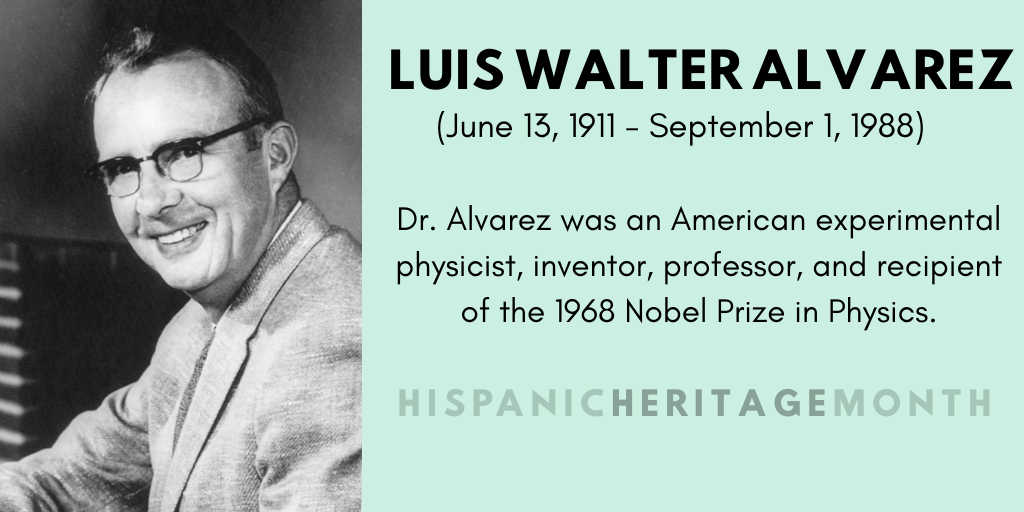
Luis Walter Alvarez (June 13, 1911 – September 1, 1988) was an American experimental physicist, inventor, professor, and the recipient of the 1968 Nobel Prize in Physics for the development of the hydrogen bubble chamber.
In the 1940s, Dr. Alvarex worked in the MIT Radiation Laboratory, where he helped develop World War II radar projects, including adding improvements to identification friend or foe (IFF) radars, which are now called transponders.
He also developed a theory proposing non-avian dinosaurs were wiped out by an asteroid — one of the most widely-accepted theories to date.
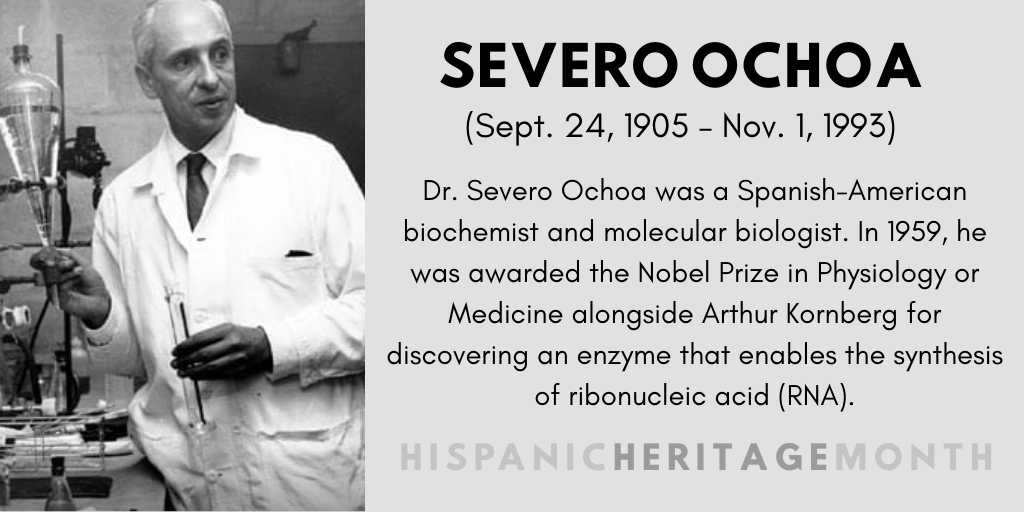
Dr. Ochoa (Sept. 24, 1905 – Nov. 1, 1993) was a Spanish-American biochemist and molecular biologist. In 1959 Dr. Ochoa, along with American biochemist Arthur Kronberg, won the 1959 Nobel Prize in Physiology or Medicine for the 1955 discovery of the enzyme polynucleotide phosphorylase, also referred to as PNPase, an enzyme that enables the synthesis of Ribonucleic acid (RNA).
RNA is a molecule that assists with the coding, decoding, regulation, and expression of genes.
The discovery of PNPase has allowed scientists to re-create processes in labs to gain a better understanding of cell function.
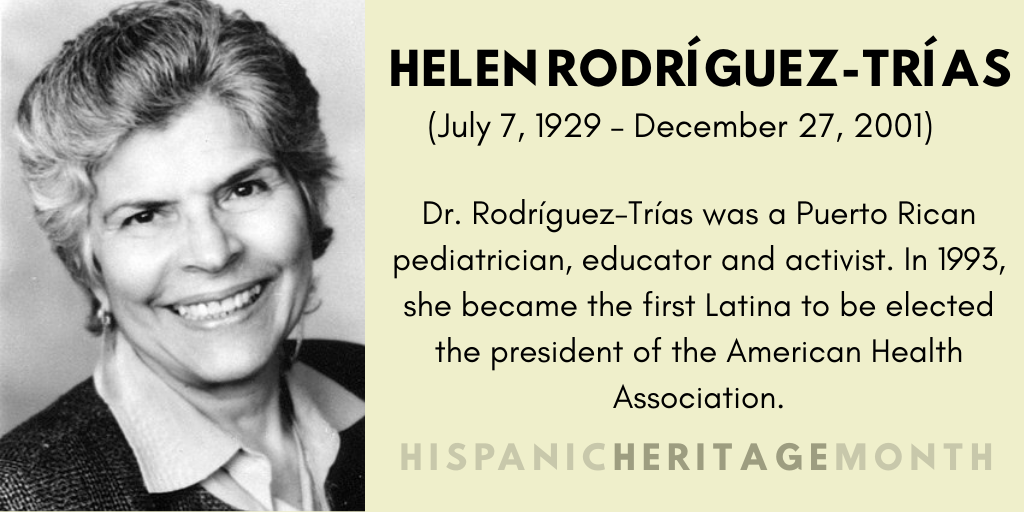
Helen Rodríguez -Trías (July 7, 1929 – December 27, 2001) was a Puerto Rican pediatrician, educator and activist.
A mother of four, Dr. Rodríguez-Trías fought for abortion rights and to end forced sterilization. She worked tirelessly to provide neonatal care to low-income families and to minority women in the U.S., Central and South America, Africa, Asia and the Middle East.
Dr. Rodríguez-Trías was a founding member of the Women’s Caucus of the American Public Health Association, a co-founder of the Committee to End Sterilization Abuse and, in 1993, the first Latina to be elected the president of the American Health Association.
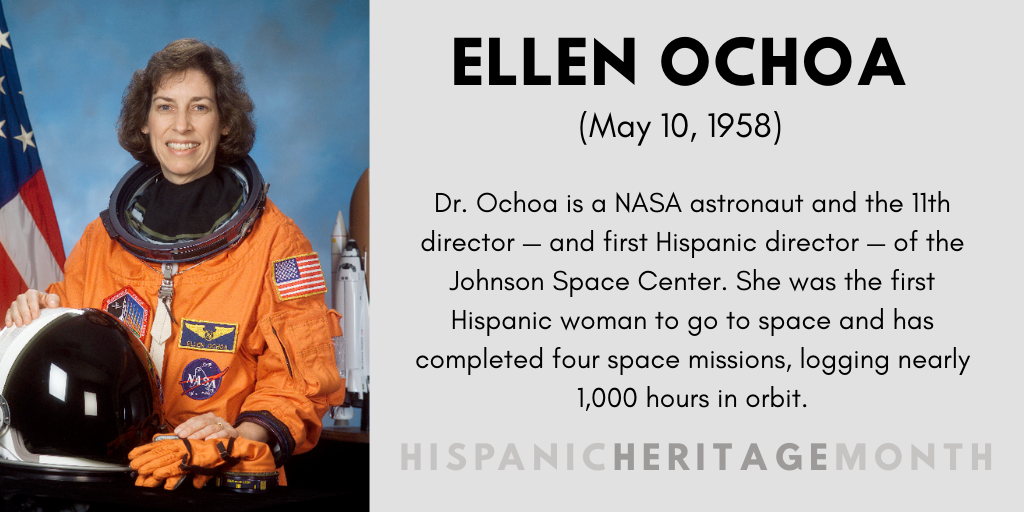
Dr. Ochoa is a NASA astronaut and the 11th director — and first Hispanic director — of the Johnson Space Center.
She was the first Hispanic woman to go to space and has completed four space missions, logging nearly 1,000 hours in orbit.
Dr. Ochoa holds a bachelor’s degree in physics from San Diego State University, and a master’s degree and a doctorate in electrical engineering from Stanford University.
She is a Fellow of the American Association for the Advancement of Science and the American Institute of Aeronautics and Astronautics and chairs the Nomination Evaluation Committee for the National Medal of Technology and Innovation.
Biochemist César Milstein’s 1975 study on monoclonal antibodies revolutionized the diagnosis and treatment of disease and earned him a Nobel Prize in Physiology or Medicine in 1984. As a direct result of Milstein’s research, antibodies are now widely used in science and medicine.
In 1993, Milstien was awarded the Diamond Konex Award, a prestigious honour in his native country Argentina.
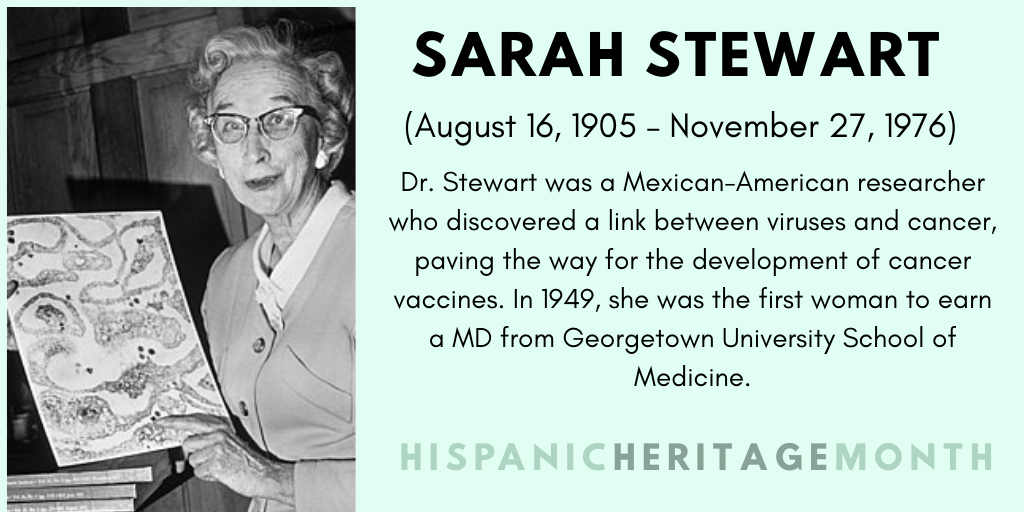
Sarah Stewart was a Mexican-American researcher who discovered a link between viruses and cancer, paving the way for the development of vaccines that guard against certain types of the disease. At the time of her discovery, the medical community dismissed the theory that cancer-causing viruses can spread from animal to animal.
In 1949, Stewart was the first woman to earn a MD from Georgetown University School of Medicine.
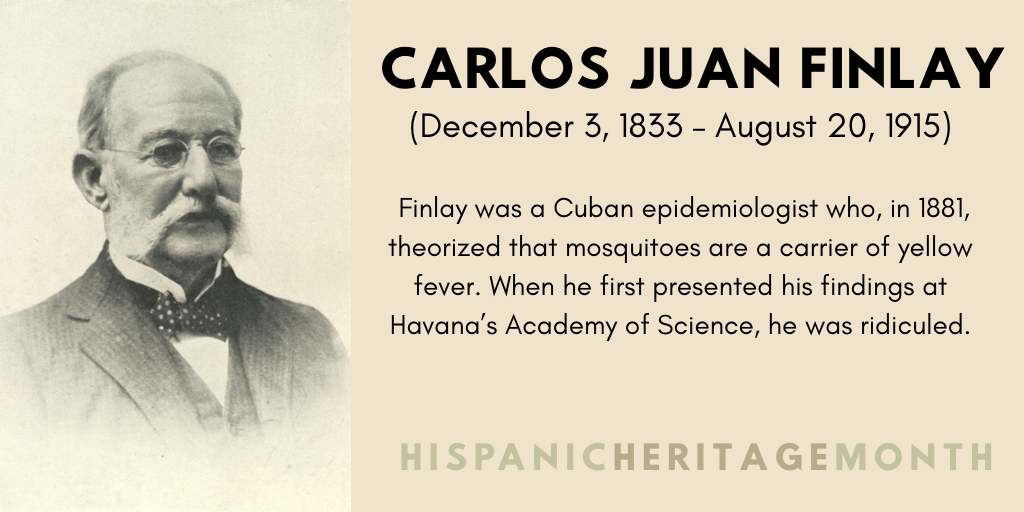
Carlos Juan Finlay was a Cuban epidemiologist who, in 1881, theorized that mosquitoes are a carrier of yellow fever. When he first presented his findings at Havana’s Academy of Science, he was ridiculed.
Finlay’s hypothesis was not widely accepted until 20 years later.
He was nominated seven times for the Nobel Prize in Physiology or Medicine but never won.
In 1908, Finlay received the National Order of the Legion of Honour of France.
Deborah Berebichez is a physicist, TV host, and educator.
She was the first Mexican woman to earn a Ph.D. in physics from Stanford University.
Thank you to Magazine @RevistaNivelUno for the interview! https://t.co/D5Kf0Kx8qX Happy International Women's Day! pic.twitter.com/ZPfLIivMsS
— Deborah Berebichez (@debbiebere) March 8, 2016
“When people hear what I do, they – especially teenage girls – feel intimidated,” Berebichez told APS Physics.
“But when they hear my whole story, their tune changes. I tell them that I know what it is like to not understand something. I was not the kind of person where my comprehension of science came naturally. But I did it. And if I can do it, anyone can do it.”
Berebichez uses her platform to educate the public about STEM fields. She is currently a co-host on Discovery Channel’s Outrageous Acts of Science.
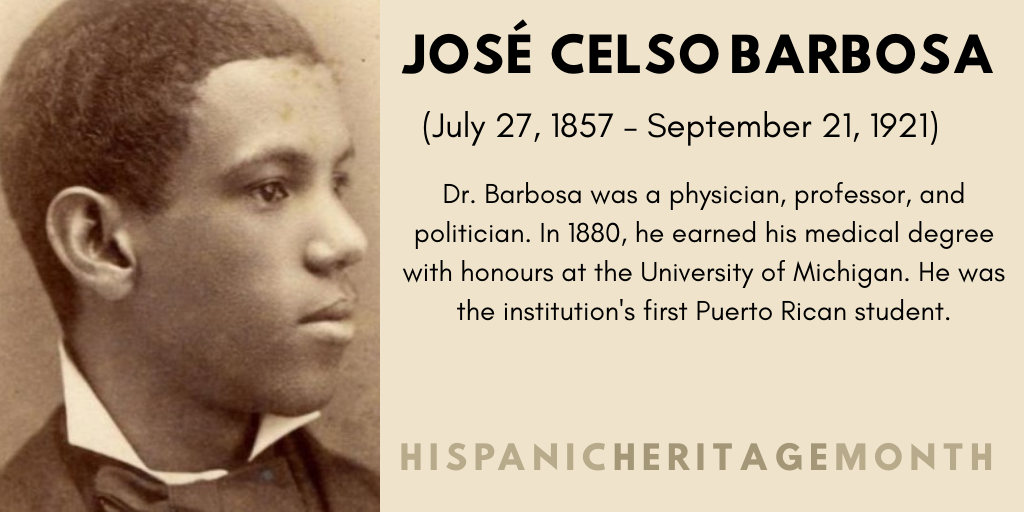
José Celso Barbosa (July 27, 1857 – September 21, 1921) was a Puerto Rican physician, professor and politician.
In 1875, he was one of the first Afro-Puerto Ricans to graduate from the Seminario Conciliar de San Ildefonso. Two years later, he applied to the College of Physicians and Surgeons, now Columbia University Medical School, and was rejected due to racism.
He then attended the University of Michigan, becoming the insitiution’s first Puerto Rican student, graduating with a medical degree and acting as class valedictorian in 1880. He was the first Puerto Rican, and first Afro Latino, to earn a medical degree in the continental U.S.
As a doctor, he served poor and Black communities in Puerto Rico. He introduced the concept of employers paying a fee for the healthcare needs of their employees — i.e., an early health insurance system.
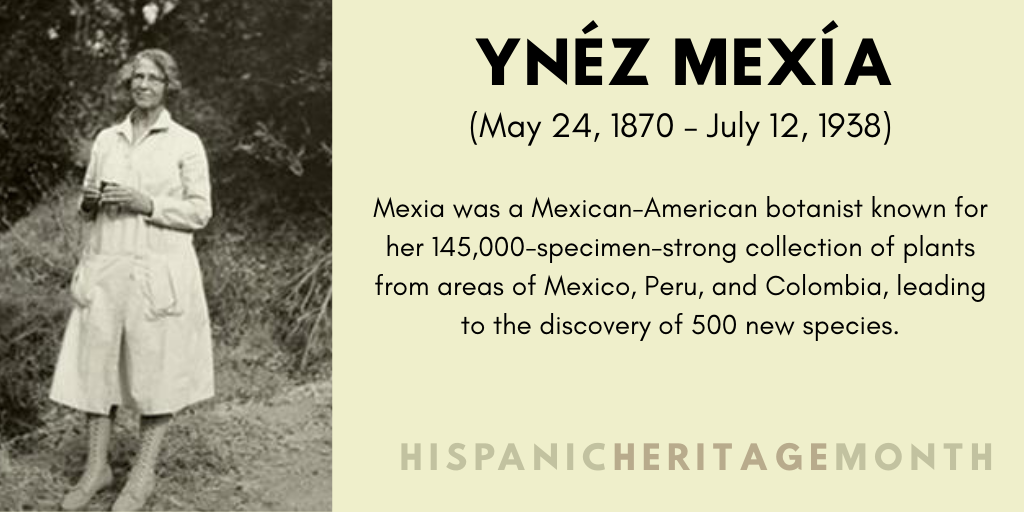
Mexía (May 24, 1870 – July 12, 1938) was a Mexican-American botanist known for her 150,000-strong collection of novel plant specimens from areas of Mexico, Peru, and Colombia, leading to the discovery of 500 new species. She braved earthquakes and dangerous terrain to advance our understanding of botany. This becomes more impressive when one considers her career only spanned 13 years.
Curators are still working to catalogue her extensive collection. So far, at least 50 new species have been named after her.
Mexía suffered prejudice in the field for several reasons. For starters, she was a woman in a male-dominated field, and a person of Mexican descent in a largely-white area of study. Mexia also began her career later in life, in her early fifties — making her a victim of ageism as well.
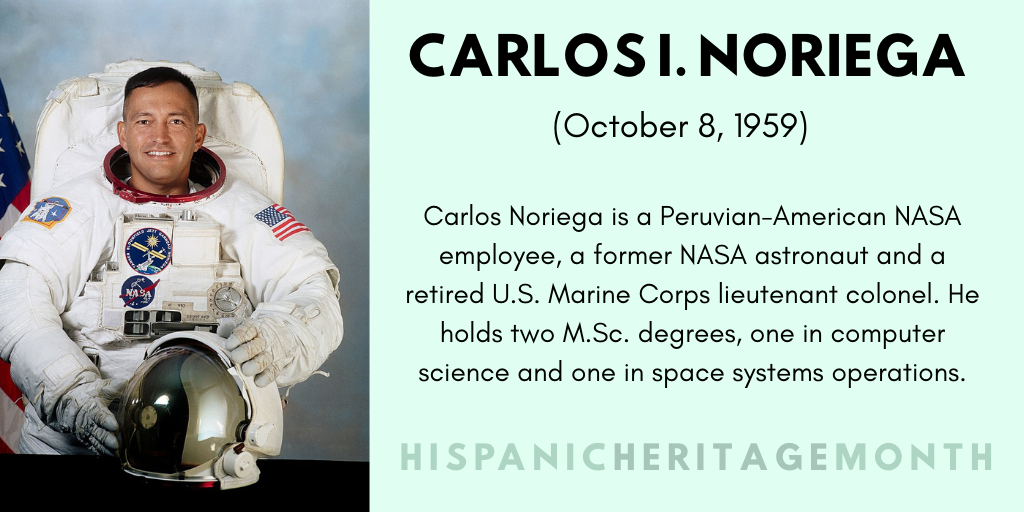
Carlos Noriega is a Peruvian-American NASA employee, a former NASA astronaut and a retired U.S. Marine Corps lieutenant colonel. He holds two M.Sc. degrees, one in computer science and one in space systems operations, both from the Naval Postgraduate School.
He has logged over 461 hours in space, including over 19 extravehicular activity hours in three space walks.
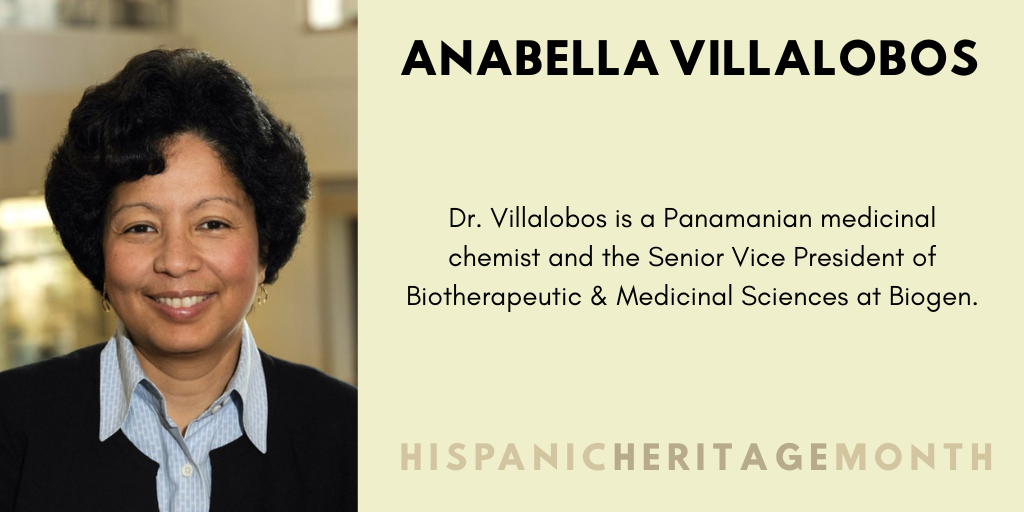
Dr. Villalobos is a Panamanian medicinal chemist and the Senior Vice President of Biotherapeutic & Medicinal Sciences at Biogen.
She received her BS in chemistry from the University of Panama. In 1987, she earned her Ph.D. at the University of Kansas. She was a National Institutes of Health postdoctoral fellow at Yale University.
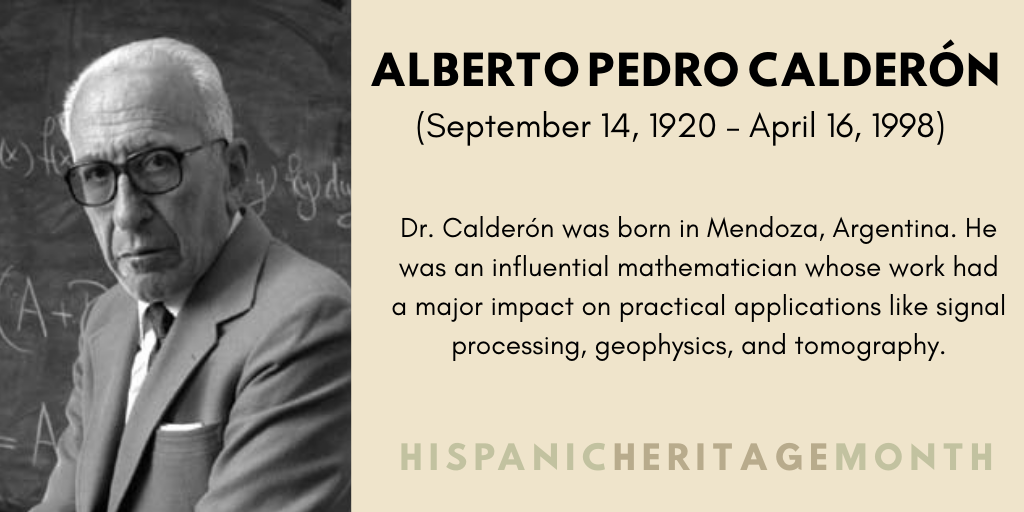
Dr. Calderón was born in Mendoza, Argentina.
He was an influential mathematician whose work had a major impact on practical applications like signal processing, geophysics, and tomography.
He obtained his Ph.D. at the University of Chicago in 1950 under the supervision of Antoni Zygmund, a Polish mathematician and highly-regarded analyst. Their collaboration continued for thirty years.
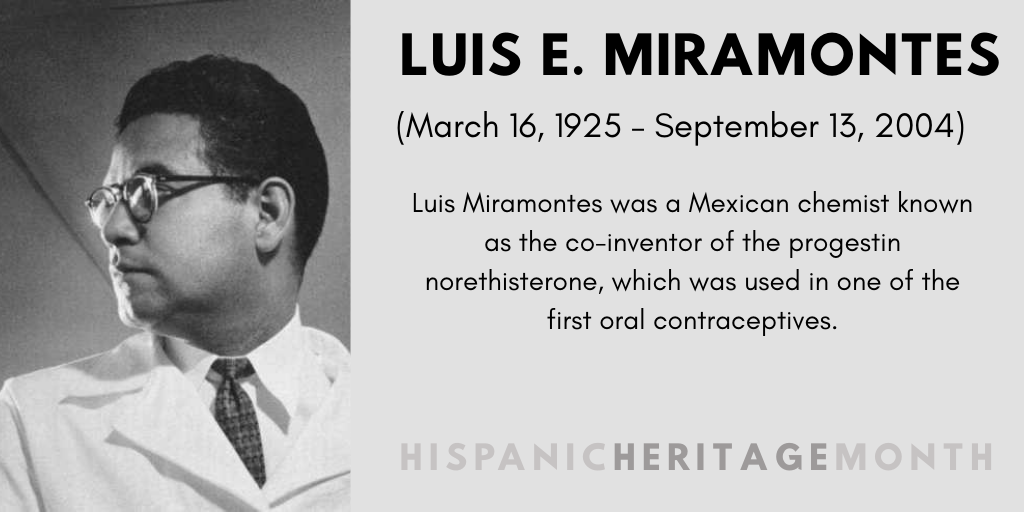
Luis Miramontes was a Mexican chemist known as the co-inventor of the progestin norethisterone, which was used in one of the first oral contraceptives.
Miramontes did not invent the birth control pill, but he did discover the chemical compound that produced it. For that reason, he is sometimes referred to as the ‘father of the pill.’
He received numerous awards for his work, including Mexico’s national prize in chemistry in 1986. In 2011, hewas named one of the world’s most influential chemical engineers of all time by the IChemE (Institution of Chemical Engineers).
His scientific contributions include nearly 40 national and international patents in areas including organic chemistry, pharmaceutical chemistry, petrochemistry, and atmospheric chemistry.
